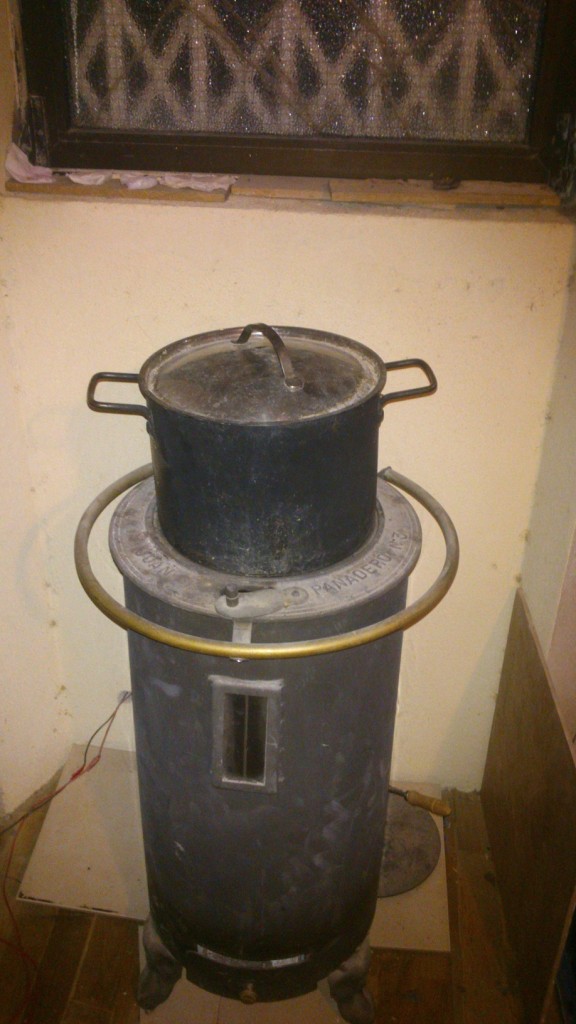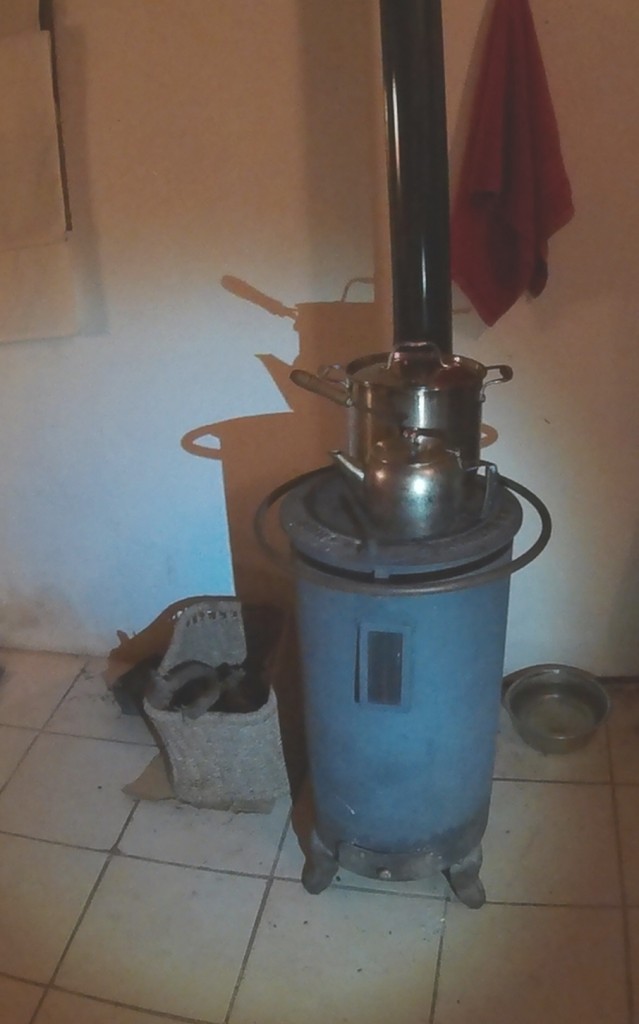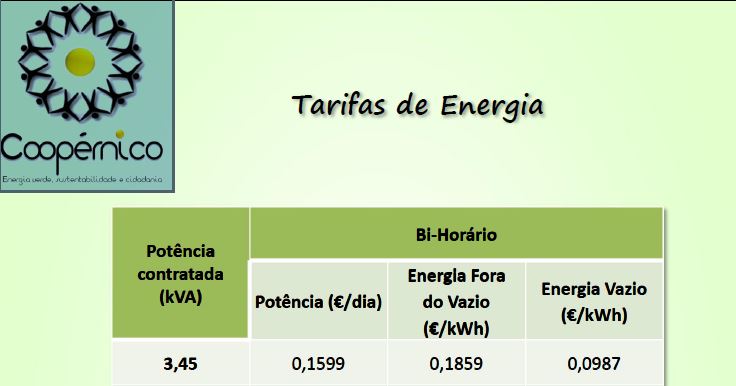
O uso de biomassa prontamente disponÃvel, como lenhas, pode ajudar a manter suas contas gerais de energia baixas. Se tiver sorte de acessar a biomassa lenhosa, poderá colher de maneira sustentável
ou acesso a resÃduos de madeira - é bom para gastar tempo e energia coletando e processando-os.
Como é em pequena escala, é ambientalmente amigável e não requer grandes quantidades de energia para produzir, ao contrário de lascas de madeira ou pellets.
Durante os meses de inverno, usamos muito mais energia térmica para nos aquecer. Pode ser na forma de aquecimento central a gás ou piso radiante elétrico ou aquecedores independentes a gás ou elétrico. Em ambos os casos, eles são caros para executar. Se você gosta de seu banho quente e chuveiros no inverno, isso pode aumentar significativamente suas contas de energia. O uso de biomassa prontamente disponÃvel, como a madeira, pode ajudar a manter suas contas gerais de energia baixas.
Quanto dinheiro pode ser economizado usando a biomassa como forma de aquecimento.
Aqui está o meu próprio exemplo (em ingles). Métricas ajudam a separar fato da ficção. Eu gosto de meus banhos quentes durante o inverno. No entanto, o custo de aquecimento elétrico da água a preços atuais de energia não é trivial.

Let's look at the cost of heating a 100 litre tank from 18ºC to 50ºC.
The specific heat capacity of water is 4200 J per kg per degree Kelvin. This is the energy required to raise the temperature of 1 kg of water by 1 degree Kelvin (or Celcius).
The temperature change is 50ºC – 20ºC = 30ºC
100 litres of water is 100 kg
The energy E, in joules required to heat the water is given by E = mass x specific heat capacity x change in temperate,
So , E = 100 kg x 4200 Joules x 30ºC => E = 12600000J (Joules)
1 J/sec = 1 Watt (W)
Hence 12600000J /(3600s) 3500 Wh or 3.5kWh
The actual time it takes for me to electrically heat the tank is 2.5 hours.
I have a 1000 Watt heater.
Therefore 1000 x (2.5h ) = 2500Wh
This is equivalent to 2.5 kWh (kiloWatts)
It would appear I use 1kWh of electricity less that estimated. This maybe be due to the fact the water sinside the tank remains at a higher temperature that the estimated 20ºC
when I start heating electrically.
I get my electricity from the energy co-operative, Coopérnico .
This is their 2019 tariff for bi-horário.

So heating the water during off peak hours (vazio) costs 0.0987 cents per kiloWatt hour (kWh)
So 0.0987€ x 2.5kWh = 0.24675€
(7 days x 4) x 0.24675€ = €6.909
With IVA (VAT) at 23% = €8.4981 is what I can save a month.
I have a hot bath by boiling a pot of 5 litres of water on my wood burner. Doing this 2-3 times a week during winter is worth my while. Besides boiling bath water I can also do a little cooking on top of the wood burner to make further savings.
 English
English  Portuguese
Portuguese 


